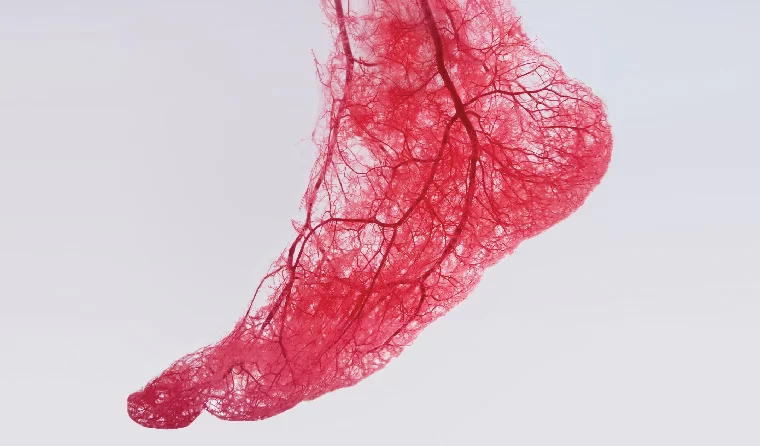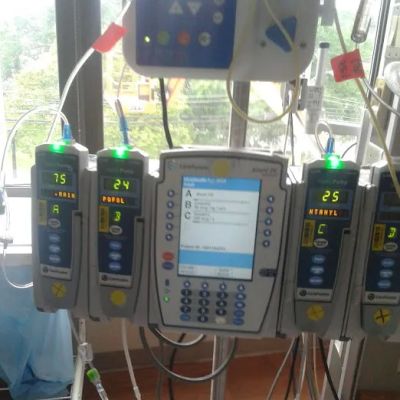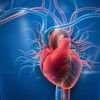How Cardiologists Help Manage Peripheral Artery Disease
- 1. Understanding Peripheral Artery Disease (PAD)
- 2. Cardiologists’ Role in PAD Diagnosis and Management
- 3. Treatment Options for Peripheral Artery Disease
- 4. How Cardiologists Help in Preventing PAD
- 5. Real Case Studies and Success Stories
- 6. Conclusion
1. Understanding Peripheral Artery Disease (PAD)
Peripheral Artery Disease (PAD) is a common circulatory problem where narrowed arteries reduce blood flow to the limbs, causing symptoms like leg pain, cramping, and weakness. PAD is often a sign of a more serious cardiovascular condition, leading to heart disease or stroke. Understanding PAD’s symptoms, risk factors, and causes is essential in early diagnosis and effective treatment.
2. Cardiologists’ Role in PAD Diagnosis and Management
Cardiologists play a crucial role in diagnosing and managing PAD. They use a variety of diagnostic tools such as Doppler ultrasound, ankle-brachial index (ABI) tests, and angiography to evaluate the extent of arterial blockages. After diagnosis, they create personalized treatment plans to improve circulation and prevent further complications, including heart attack or stroke.
A typical cardiology consultation may involve assessing a patient's medical history, lifestyle, and family history to evaluate risk factors like high cholesterol, smoking, and diabetes. Cardiologists work closely with other healthcare professionals, such as vascular surgeons and rehabilitation specialists, to provide comprehensive care.
3. Treatment Options for Peripheral Artery Disease
Cardiologists offer various treatment options for PAD, tailored to the severity of the disease and the patient's overall health. Common approaches include lifestyle changes (e.g., smoking cessation, improved diet, and increased physical activity), medications (e.g., statins, blood thinners, and cholesterol-lowering drugs), and procedures such as angioplasty, stent placement, and even bypass surgery in severe cases.
Many patients benefit from supervised exercise programs, which improve blood flow and alleviate symptoms like leg pain. Cardiologists often recommend a multi-faceted approach to treatment that includes both medical interventions and lifestyle modifications.
4. How Cardiologists Help in Preventing PAD
Prevention is a key focus in PAD management. Cardiologists help patients prevent PAD through education and lifestyle modification strategies. They advise on the importance of a heart-healthy diet, regular physical activity, weight management, and controlling blood pressure, cholesterol, and blood sugar levels.
For high-risk individuals, such as those with diabetes or a family history of heart disease, cardiologists may recommend early screenings to detect PAD before symptoms appear. The goal is to identify PAD early and prevent the progression of the disease.
5. Real Case Studies and Success Stories
Consider the case of John, a 65-year-old patient who was diagnosed with PAD after experiencing leg pain and difficulty walking. Thanks to his cardiologist’s quick diagnosis and treatment plan, which included medications and lifestyle changes, John was able to improve his circulation and regain his mobility. This is just one example of how early intervention and the right treatment can dramatically improve outcomes for PAD patients.
Similarly, Sarah, a 58-year-old diabetic, worked with her cardiologist to manage her PAD with a combination of diet adjustments, medication, and regular walking exercises. Her condition stabilized, and she was able to live a more active, pain-free life.
6. Conclusion
Peripheral Artery Disease can have a significant impact on one’s quality of life, but with the right approach, it can be managed effectively. Cardiologists are integral to diagnosing, treating, and preventing PAD. Their expertise in cardiovascular health and tailored treatment plans ensure that patients receive the best care possible.
If you or a loved one is struggling with PAD, it's essential to consult with a cardiologist for personalized treatment and prevention strategies. Don't wait for symptoms to worsen—take action today to protect your cardiovascular health and improve your quality of life.





















